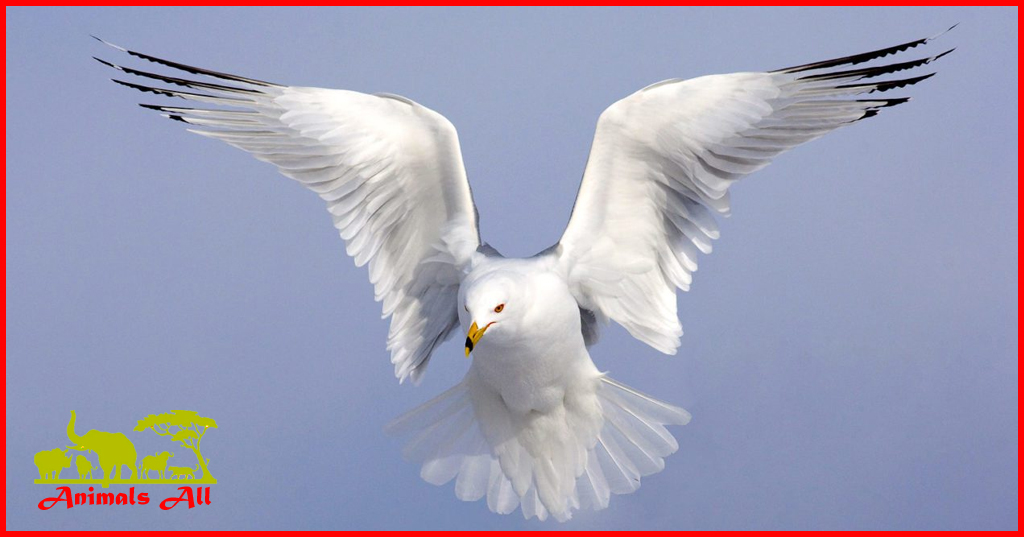
The Secret of Bird Flight
Bird Flight: Birds can fly as a result of evolution, physics and ecological adaptation. Evolution has given birds light bones and strong chest muscles. The principles of physics allow wings to generate lift and thrust. Flying helps them escape predators, find food and migrate. Birds’ flight inspires us to be brave enough to try and protect the ecology.
In the vast natural world, birds, with their unique flying ability, have become the freest and most agile existence in the sky. Whenever the dawn breaks or the sun sets, we can always catch their soaring figures on the horizon. The lightness and freedom make people yearn for it and wonder: Why can birds fly? Behind this, there are the mysteries of biological evolution, the exquisite principles of physics, and the wisdom of ecological adaptation.
The miracle of evolution
The ability of birds to fly is first attributed to the evolutionary power of nature. In the long history of the earth, birds, as descendants of dinosaurs, have undergone a series of amazing adaptive changes. About 150 million years ago, with the end of the dinosaur era, some small theropod dinosaurs gradually evolved feathers, and developed a lighter bone structure and strong pectoral muscles. These changes laid the foundation for their advancement to the sky. Through generations of selection and adaptation, these “air dinosaurs” eventually evolved into the various birds we see today, mastering the ability to fly.

The mystery of physics
From the perspective of physics, the flight of birds is a perfect example of the combination of aerodynamics and biomechanics. First of all, the wings of birds are the key to their flight. The shape, area, arrangement and density of the wings are carefully designed so that they can generate enough lift to overcome gravity and stay in the air when flapping. At the same time, the flexibility and variability of the wings also allow birds to adjust their flight posture at different speeds and altitudes, achieving a variety of flight modes such as circling, diving, and gliding.

In addition, the pectoral muscles of birds are extremely developed, which can contract quickly and powerfully, drive the wings to flap quickly, and generate the necessary thrust. Their light bones and efficient respiratory system ensure high energy output and low energy consumption during flight, making long-term flight possible.
Ecologically adapted intelligent
flight is not only a means for birds to escape natural enemies and find food, but also an important way for them to explore the unknown and reproduce. In the vast ecosystem, flying gives birds unprecedented survival advantages. They can cross mountains, rivers, lakes and seas to reach places that are difficult for other animals to reach and find scarce food resources; they can also quickly take off when threatened and escape from the pursuit of ground predators.
More importantly, flying promotes the migration behavior of birds. Every year, hundreds of millions of birds follow ancient migration routes and fly thousands of kilometers to habitats that are more suitable for breeding or wintering. This spectacular migration phenomenon not only demonstrates the amazing navigation ability and survival wisdom of birds, but is also an indispensable part of the earth’s ecosystem and is of great significance to maintaining ecological balance and biodiversity.

Revelation of Flying
Birds’ flying is not only a survival skill, but also a pursuit of freedom and dreams. They teach us that no matter how great the difficulties and challenges are, as long as we have the courage to try and persevere, we can break through our own limitations and fly to a wider sky. At the same time, the flight of birds is also a vivid embodiment of the harmonious coexistence of nature, reminding us to respect nature, protect ecology, and allow every life on earth to fly freely.
In short, the ability of birds to fly is the result of the combined effects of natural evolution, physical principles, and ecological adaptation. This miracle not only makes us full of awe for the power of life, but also inspires our curiosity and exploration of the unknown world. In the days to come, let us continue to learn, observe, and think, draw wisdom and inspiration from the mysteries of nature, and jointly protect this colorful and magical home on Earth.

